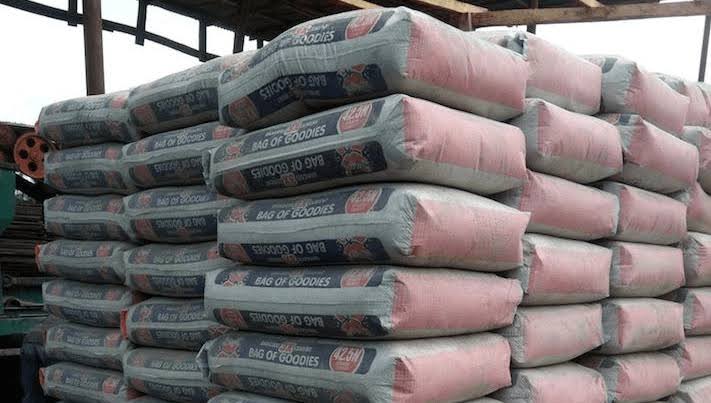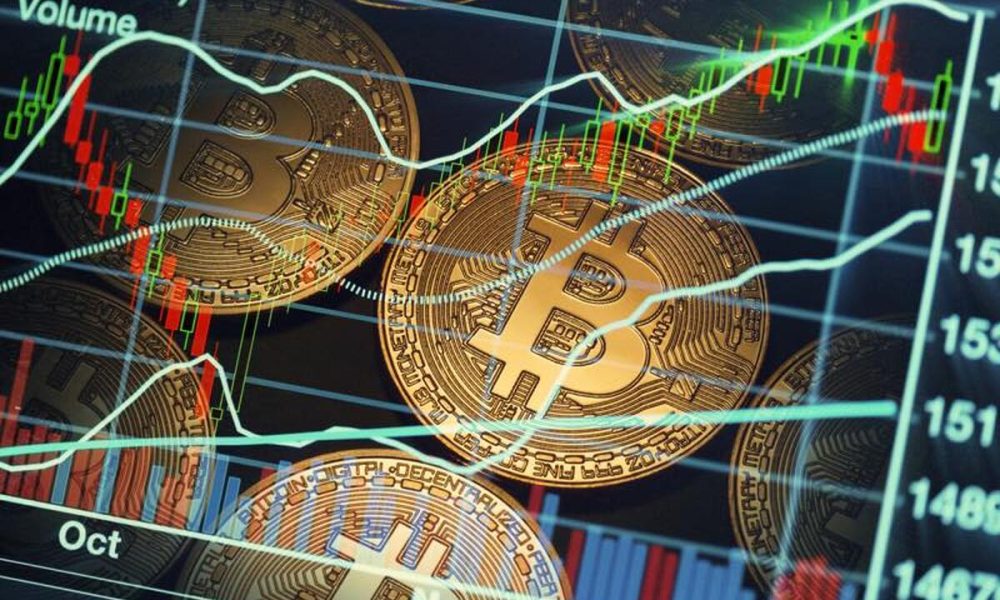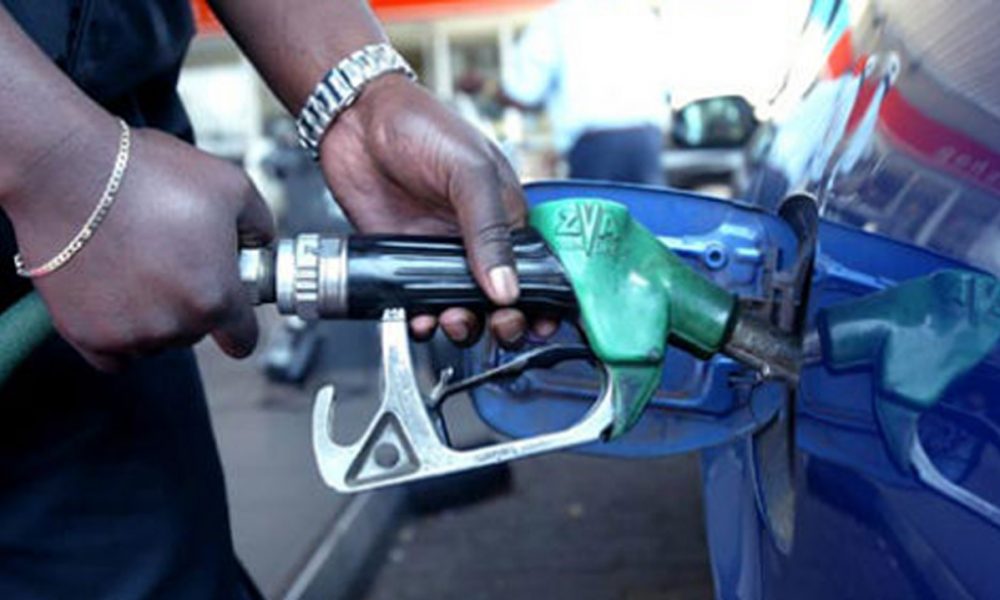The Price of Cement in Nigeria: Factors and Insights
For years, the cement market in Nigeria has been subject to fluctuations due to various factors. It is crucial to understand the dynamics behind this instability to mitigate its impact on the construction and real estate sectors.
Unpredictable cement prices stem from a combination of economic, infrastructural, and market-specific factors. Addressing these challenges demands a multi-faceted approach that encompasses improving infrastructure, stimulating competition, stabilizing the exchange rate, and implementing policies to balance production and demand.
Some key drivers of cement price instability are:
High Production Costs:
Cement manufacturing relies on significant energy consumption and the availability of raw materials, such as limestone. However, the irregular supply of electricity forces producers to rely heavily on diesel and gas generators, which escalate costs.
Raw Material Availability:
Although Nigeria is endowed with limestone, the costs associated with mining, transportation, and processing are high due to inadequate infrastructure and security challenges in certain regions.
Limited Competition:
A small number of dominant players in the Nigerian cement industry, such as Dangote Cement, BUA Cement, and Lafarge, exert significant pricing influence.
Energy Costs and Transportation Challenges:
The transportation of cement from production facilities to markets across Nigeria increases costs due to poor road infrastructure and security issues in certain regions.
Exchange Rate Volatility:
The uncertainty surrounding the value of the Nigerian naira against major foreign currencies impacts the cost of imported production inputs.
Demand-Supply Imbalance:
The high demand for cement in Nigeria, fueled by rapid urbanization and infrastructure projects, often strains local production capacities, leading to periodic shortages.
Government Policies and Taxes:
Policies, such as import restrictions and tariffs, can affect cement prices, and taxes on producers can also drive up prices.
Market Speculation and Hoarding:
Speculation and hoarding by distributors and retailers can create artificial price instability.
Infrastructure Deficiencies:
Inadequate storage capacity, port congestion, and storage facilities contribute to logistical challenges and increase prices.
Global Economic Trends:
External factors, such as global pandemics and international conflicts, can disrupt supply chains and increase the cost of production inputs, subsequently impacting cement prices in Nigeria.
Security Challenges:
Security threats in certain regions, such as banditry and insurgency, disrupt supply chain operations, limiting raw material availability and increasing transportation costs.
Here is the current pricing information for major cement producers:
* Dangote Cement: ₦9,400 per 50kg bag, dependent on location
* BUA Cement: ₦7,700
* Pop White Cement: ₦9,700
* Lafarge Cement:
+ Lafarge Waterproof Cement: ₦8,900
+ Water Shield High Quality Waterproof Cement: ₦12,000
Understanding these factors can help stakeholders make informed decisions in the complex world of Nigerian cement pricing.



